I'm Michelle, an Oakland-based design leader specializing in DesignOps, inclusive design, and design systems. I thrive on empowering people to do their best work by untangling complex problems and easing people through change. When I’m away from a computer, I’m usually outside playing in the dirt.
👋 Hello, friends!
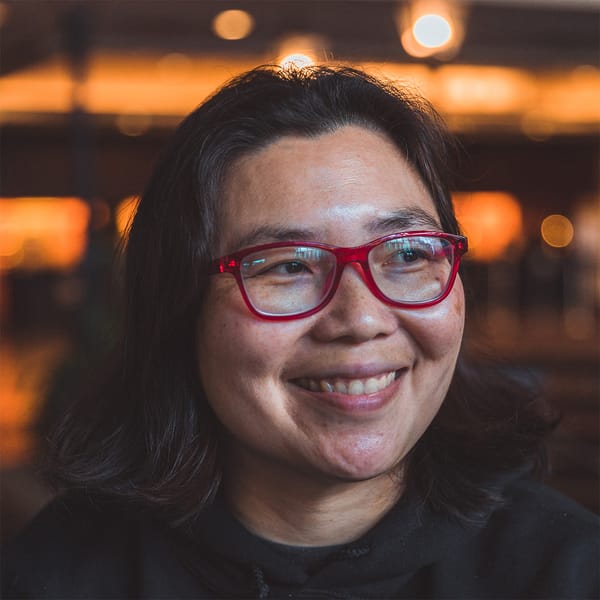
Recent
See allTips for Hosting Inclusive & Accessible Events
Making your in-person event accessible and inclusive might seem like a big task, but small changes can make a huge difference. Many of these tips were inspired by attendee feedback and community requests while I was co-chairing this year’s IA Conference. Why inclusive and accessible events matter When you
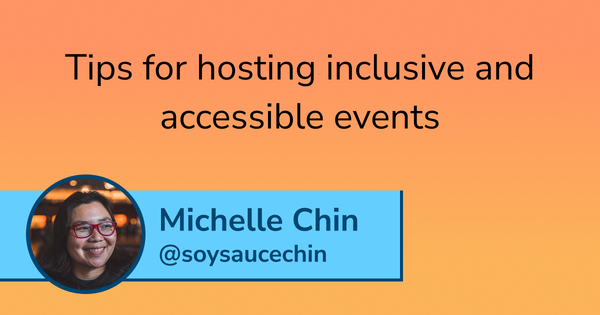
How to make accessible presentations
A few simple tips can go a long way in making your presentation easier for everyone to follow. These guidelines are based on what we used at this year’s IA Conference to help ensure a better experience for both presenters and attendees. Design and layout 1. Provide adequate color
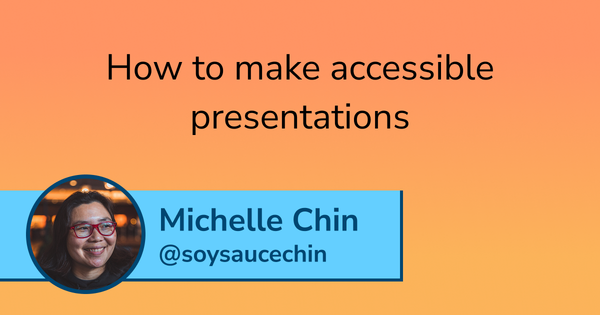
Why in-person events matter: It’s connecting, not networking
It’s hard to believe that just five years ago, the pandemic upended how we connected professionally. Since then, many meetups have disappeared, conferences have moved online, and sadly, some conferences even folded. While I do love attending events virtually (because—sweatpants!), there’s something to be said for attending
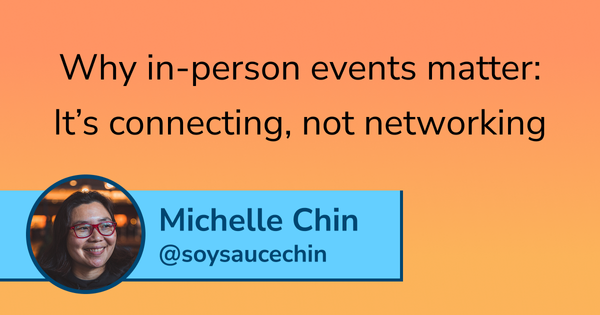
Sketchnote Resources
Sketchnoting is a form of visual notetaking that combines drawing and writing. It’s a fun and intentional way of synthesizing and capturing notes. If you’re looking to get started, I’ve curated a few resources. I hope you give it a try and find it as much fun
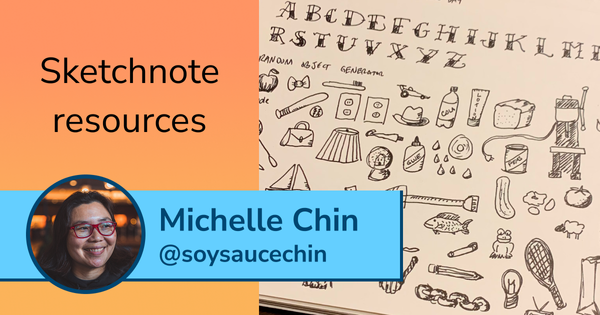
Reasons not to miss IAC25
Consider joining us at IAC25 this year for inspiring talks, practical takeaways, and hangs with this inclusive community.
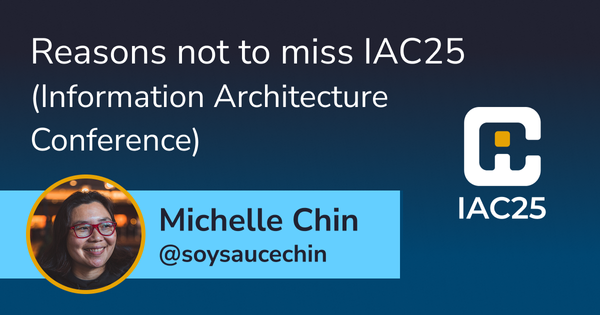
Subscribe to my blog updates
No spam, just updates on posts I write. Unsubscribe anytime.